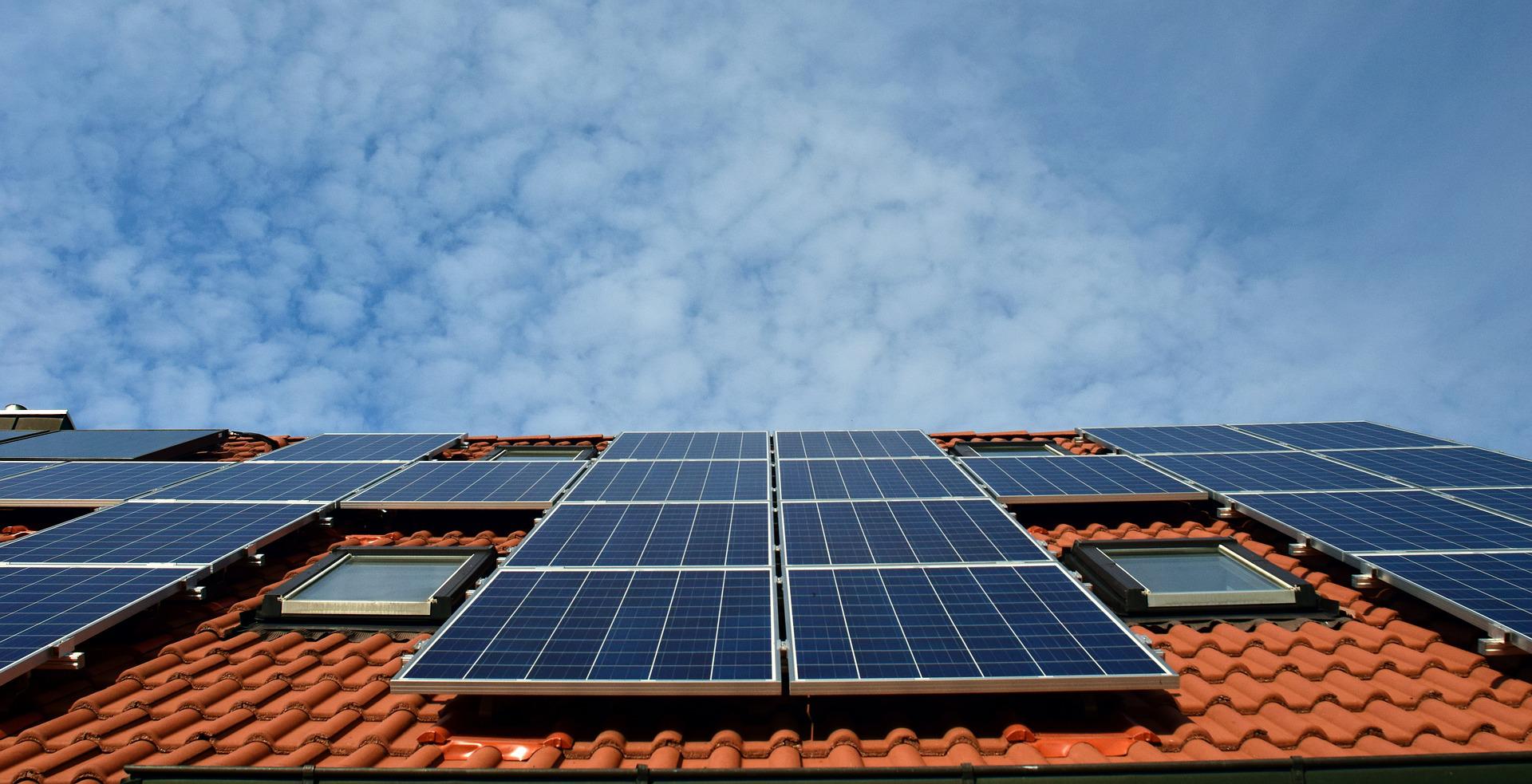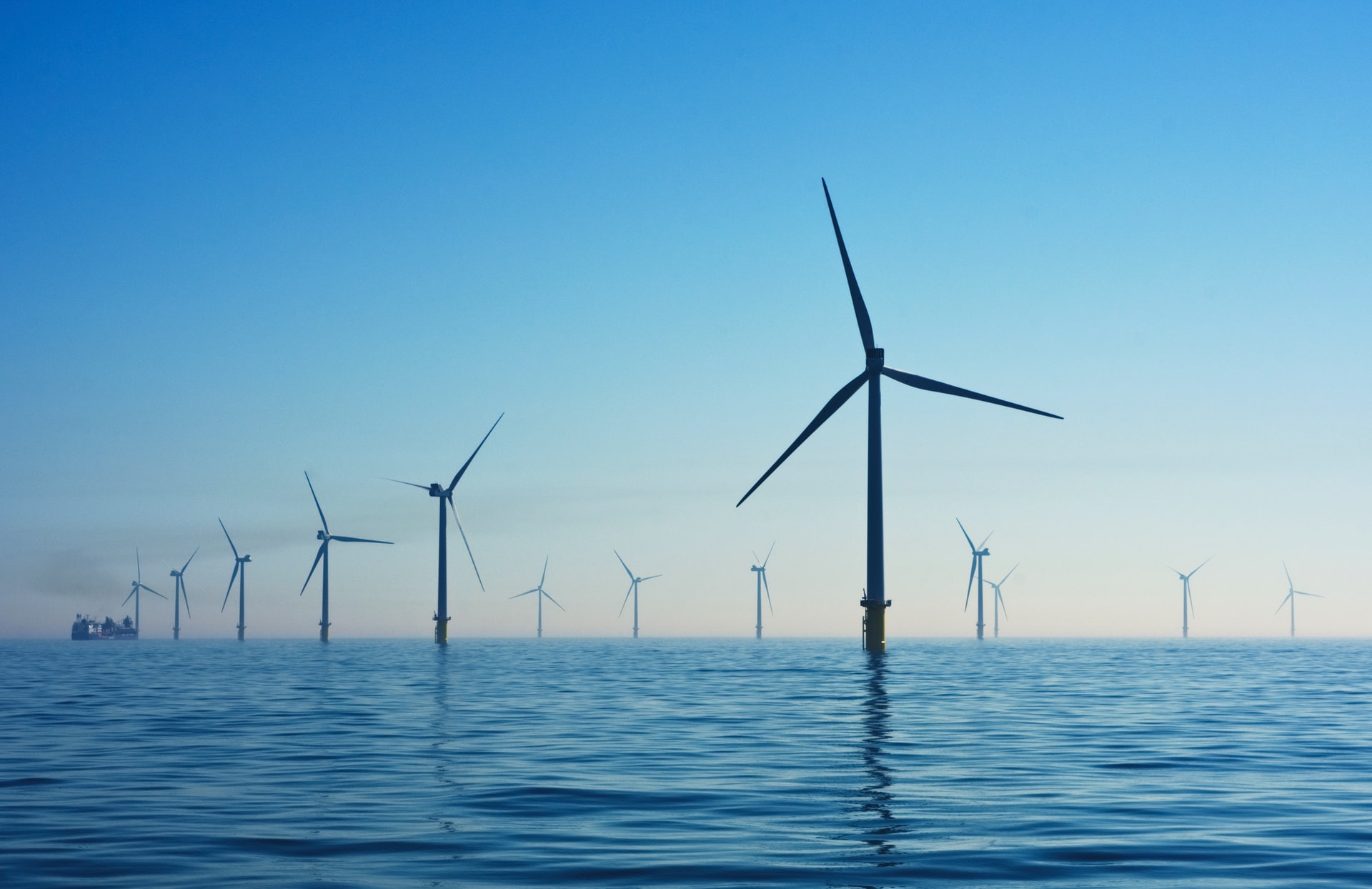As a financially, economically, and environmentally sound energy supply agreement between two parties, the benefits of PPAs (Power Purchase Agreements) have become clearer to businesses of all sizes across the world.
But how are you going to make sure that the conditions of your agreement suit your specific business needs while helping to propel your company into a sustainable future?
Doing your research on PPAs
While the popularity of Power Purchase Agreements has increased dramatically over the last five years, there’s still a lot to consider before you decide if this is the right path for your business.
For instance, are you aware of how the market dictates your PPA? Or how the stack and roll technique traders use can benefit or potentially hinder your decisions? Take the time to delve deeper into this aspect of your PPA before making any further steps.
Understanding the different types of PPAs
If you choose to go forward with your Power Purchase Agreement, you’ll have some options in regards to the kind of PPA you want to sign on for.
An on-site Power Purchase Agreement involves a renewable energy asset being installed on your site. The energy provider puts in and operates the equipment, while you use the energy provided. Off-site PPAs provide energy without having any physical installations on your business grounds. Sustainable energy comes from a source located away from your site.
Agreeing to a virtual off-site PPA means that you’re still getting a certain volume of energy from a supplier. However, the energy is bought on the green energy market.
Making use of the benefits of a Power Purchase Agreement
There are several benefits that come with obtaining a good PPA. For starters, you’re able to get long-term pricing security in what’s considered an extremely volatile energy market. This reduced risk can help you to either budget more accurately, plan more long-term investment opportunities, or even look into further renewable energy resources.
There’s flexibility in a PPA too, as fixed prices can be shunned in favour of variables if you prefer to anticipate the energy market’s ups and downs yourself. Companies that are dedicated to PPAs are also far more likely to achieve their carbon neutrality goals.
Understanding the potential disadvantages of a PPA
It’s important to understand that a Power Purchase Agreement is an extremely time-consuming process that takes a great deal of effort to reach an amicable conclusion. And as previously mentioned, PPAs are usually considered to be long-term agreements between a seller and buyer, so it’s an important commitment you’re getting yourself into.
Furthermore, while the volatility of the market is less of a factor for PPAs, there are some aspects of renewable energy (such as wind and photovoltaic methods) that can still fluctuate in volumes of overall production.
Considering the length of time you’re going to commit to
All of these factors should play into deciding just how long you’re willing to commit to your Power Purchase Agreement. Whether it’s 5 years or 2 decades, making long-term plans with sustainable targets to adhere to will help guide you to the perfect PPA for your specific goals.
















